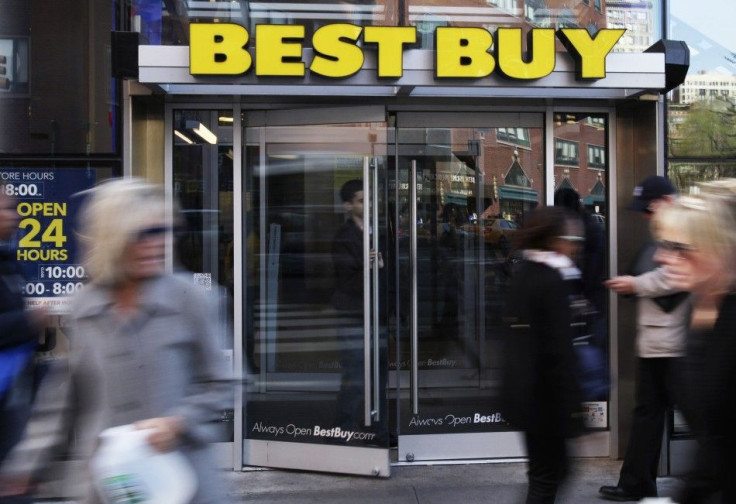Retailers Need Not Fear "Showrooming" As More Young People Drawn To Physical Stores

Despite years of dire predictions that online shopping would distract consumers from brick-and-mortar retailers, younger shoppers say that mobile apps are actually more likely to get them into actual stores.
“I hate waiting online. I hate waiting for the order to come and then shipping and handling, so I figured if they had it here I might as well just go check,” said Ariana Kemp, 20, after shopping at a retail Best Buy location in New York City.
Though she had apps on her smartphone for Best Buy, Forever 21 and other retail stores, Kemp decided to go to the actual store to pick up a pair of headphones because it was faster.
According to data from Gallup, she’s not the only young person who prefers in-person shopping these days. A recent Gallup poll shows that nearly a third of people aged 18 to 29 find themselves walking into retail locations more often than they used to, even as online resources increase. Young consumers say that mobile technology has led to an increase (29 percent) rather than a decrease (15 percent) in their shopping at retail stores.
“The relation between online shopping and brick-and-mortar shopping is becoming more complex,” said Lynn Kahle, a professor of marketing at the University of Oregon.
He explained that while Internet-based platforms provide a lot of information, easy comparisons and the chance to view customer opinions, “brick-and-mortar stores have physical products, which customers sometimes like to see and touch, and purchases usually result in immediate gratification,” he said.
In many cases today, modern consumers will use both methods when making purchases, especially bigger-ticket items.
Companies such as Starbucks, Best Buy and Forever 21 have all made aggressive moves to combat the wave of Internet shopping with smartphone apps and online stores. Many in the industry worried about “showrooming,” a new trend where possibly consumers visit the store in person to test out a product, but then go home to buy a cheaper version online.
In fact, the opposite may be happening.
“Each interaction is an opportunity for a retailer to enhance the customer experience and tell its brand story,” said Jeff Simpson, director of Deloitte Consulting LLP, and author of a report published earlier this week that showed digital platforms actually drive customers toward the actual stores.
Their researchers estimate that mobile-influenced sales at retail locations reached $593 billion last year, while sales made purely through mobile were just $40 billion.
He said that retailers often see online shopping cart abandonment as a failed sale, when really the customers simply decided to go in-person instead. Digital engagement often leads to sales in the physical stores.
Max, Talbot-Minkin, an app developer, made sure to check online before stopping into Best Buy to purchase a new electric shaver.
“I was going to order it online but I wanted it by the weekend,” he said, adding that the Internet platform helped direct him to the actual store.“I checked online first to see if they had it in stock and then just stopped in on my way back to work.”
But Talbot-Minkin, an app developer, said that some things are better purchased online, while others are better to buy in person.“I definitely like buying online better,” he said. “But if it’s something I’m not sure if I want to buy and I want to play with it first I’ll come into the store.”
© Copyright IBTimes 2024. All rights reserved.





















